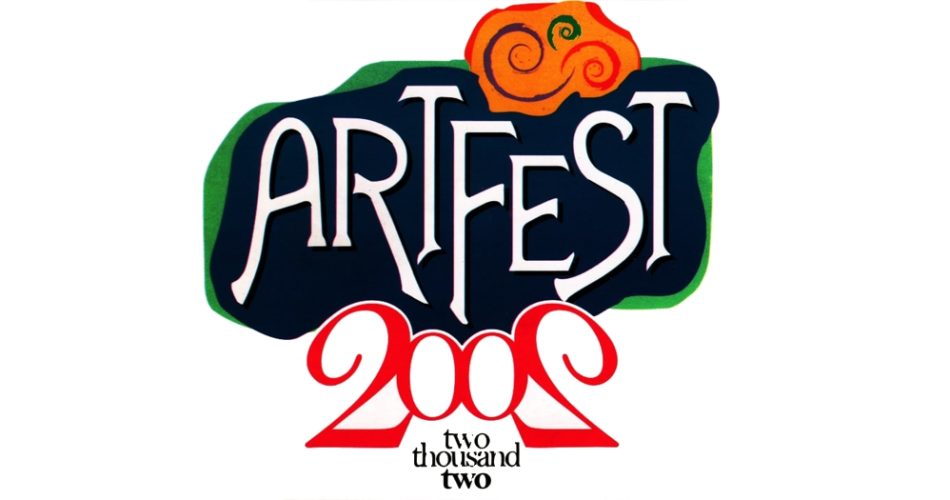By 2002, The Hot Spot’s first steps into the World Wide Web had started to make waves. The website was created by Omar Tufail, a Hot Spot customer from Scotland who was a creative genius who poured his heart, sweat and soul into conjuring up a website that captured the essence of The Hot Spot to a Tee.
The sadly defunct www.thehotspotline.com was a beauty quickly recognised by Aurora Magazine, published by Dawn, as one of the Ten Best Websites of Pakistan around the turn of the century. Our burgeoning collection of Pakistani Movie Posters got noticed, as did our whacky reviews of some of the more risqué movies made in Pakistan that nice folk don’t talk about.

We were invited by the organisers of the Kara Art Festival to participate in the ambitious Art Festival they were staging. This Exhib would be a piece of cake, coming just a few months after The Hot Spot’s considerable effort in curating an Exhibition at London’s prestigious Commonwealth Institute from Sept 12th, slated for three weeks—the Day after 9/11. Our Posters were full of typical masala-laden Sultan Rahi epics.

Sadly the masala for most Rahi films was daggers and axes, gandasas and scythes and a liberal splattering of blood. Violence and bloodshed represented mainstream Pakistani cinema, especially since the 1990s. All this blood splatter and violence set to be displayed gratuitously hours after the events of 9/11? The Commonwealth Institute were suddenly in a spin, and we had to write a disclaimer about the non-political nature of the violence depicted on the posters and their cartoon caricature style depiction that was hugely exaggerated.
Yet, in many ways, 9/11 confronted the world, forcing people to look at one another with a new suspicion, and certainly, these posters suddenly took on a darker meaning. From comic book caricatures, they now pointed to a world where violence, bloodshed and Sultan Rahi’s brand of Robin Hood appeared more menacing than heroic. Suddenly, what was laughable was now menacing and indicative. Would people think “I Told You So” as they absorbed the exhibition’s content? Should we have chosen posters full of doves, flowers, and romance instead?

People would have different views about the issue, but our curated posters represented the people’s cinema of Pakistan as it is, not how we would want it to be. That, however, is a story for another day. The Kara Art Show was the second major exhibition curated by The Hot Spot. We started to appreciate references as “saviours” of disowned parts of our art, popular culture, and popular cinema. Saving “junk” became a passion.
Years later, we take immense pride in bringing classic old-school Lollywood Painted billboard art and movie posters to appeal to a new generation that is happy to celebrate Sultan Rahi rather than mock him. We started designing our Lollywood-inspired Mugs and T-shirts and our tongue-in-cheek tin Signs that were loved and loathed in equal measure, depending on your sense of humour!

We proudly played Lollywood dialogues and songs in our jukebox. Some Say I Am Sweety spread like wildfire all over the planet, and those of a generation will undoubtedly have heard it first at The Hot Spot. We always took pride in the people’s cinema in Pakistan, and that pride has been a trademark of much of our work and our identity. We refuse to be the generation that looks down on our own films, however rough they might be. We are so glad that classic Lollywood imagery is becoming a significant socio-political and cultural art form—a cinemascope Kodachrome snapshot of a historical moment.
People have been very generous in mentioning our efforts to promote Lollywood art and restore a couple of old films we have been a part of—all these efforts borne out of love for cinema, whether Pakistani or otherwise. The Poster Exhibition was well attended, yet in 2003, it felt like the whole exercise was part of getting people to stop feeling ashamed of our cinema. It reflects nobody but us, and it is time we owned up to that fact. This exhibition was one more step towards legitimacy as an art form and acceptance, rather than outright rejection by the public and the media, as it has been in the past.
